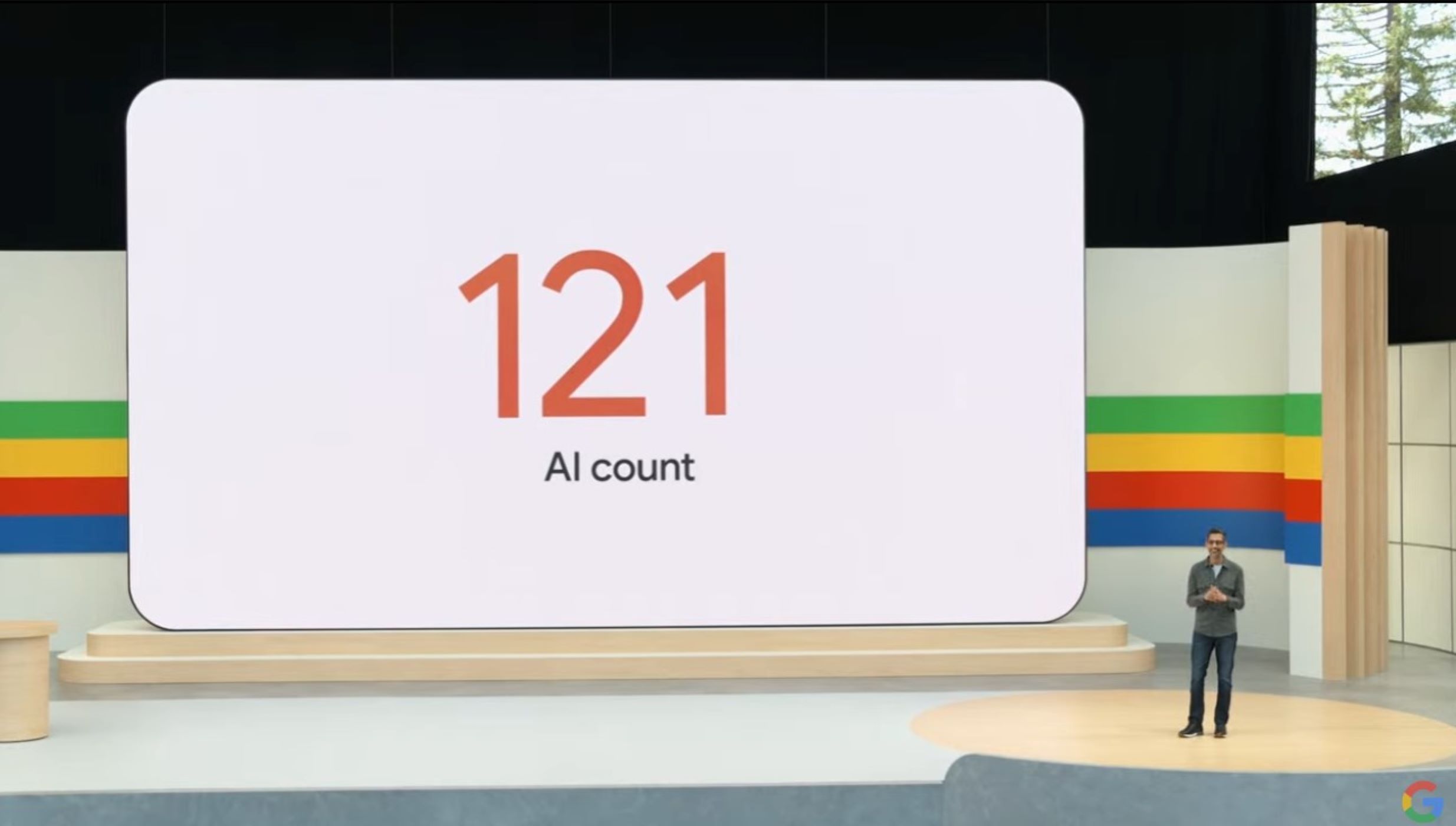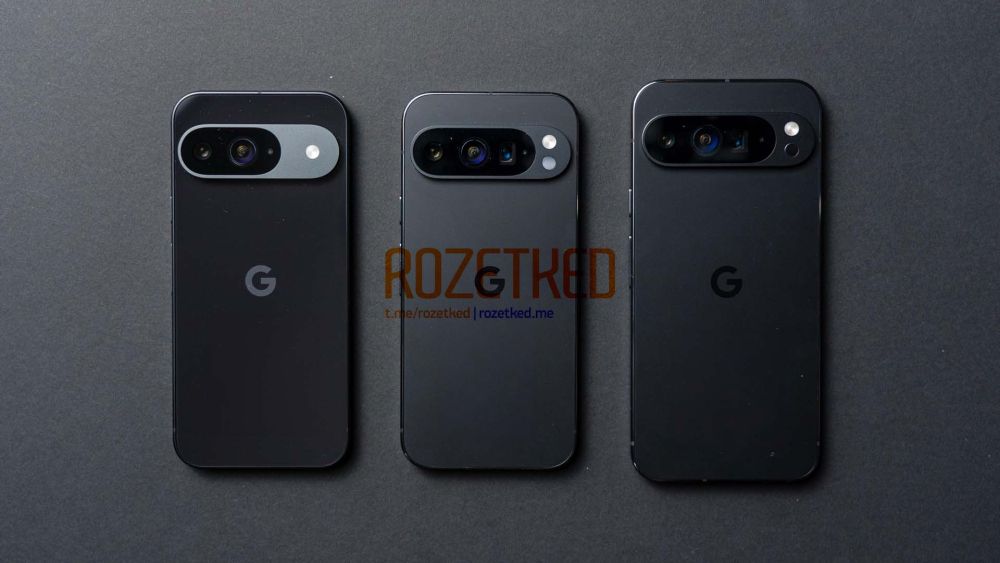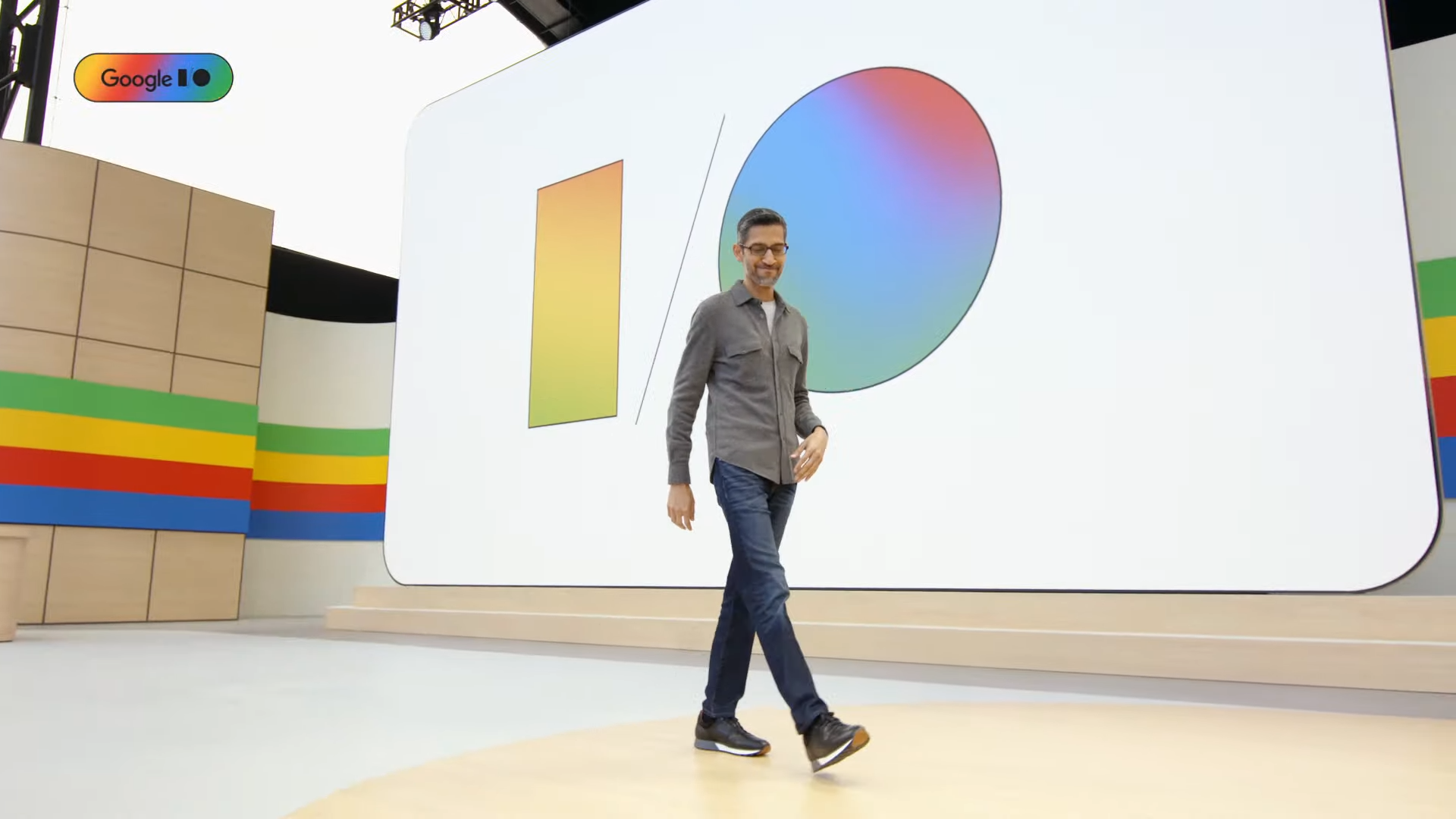Creating a good keynote is tough. Balancing smaller and larger announcements, dividing your entire lineup of products into specific categories, ensuring technical demos are simultaneously impressive and flawless — I don’t envy anyone who works to plan these sorts of events. Google has put itself in an ever tougher spot, forced to balance developer-focused segments with enough red meat to keep consumer tech enthusiasts excited enough to tune into two full hours of on-stage conversations.
So while I can acknowledge the difficulty in putting on this event, that doesn’t mean there isn’t space for a healthy amount of criticism. Having sat through Google’s main I/O keynote yesterday, I couldn’t help feeling disappointed as I shuffled out of my seat at Shoreline Amphitheater. While I found much of the show disjointed and disorganized, the bulk of my complaints could’ve been solved by nailing the ending — something Google very, very much failed to do.
A scattershot keynote that went out on a whimper
In general, this year’s keynote was a tricky one to sit through. With the entire event focused on AI, the lack of structure really shined through those two hours — everything was presented with the same level of importance. Compared with last year, where Google tried to split each of its core talking points into independent groups, every presentation seemed to meld together in my mind. Factor in the constant shuffling between in-depth technical discussions and more consumer-friendly AI examples, and keeping up with Google’s on-stage presenters felt like an impossible challenge.
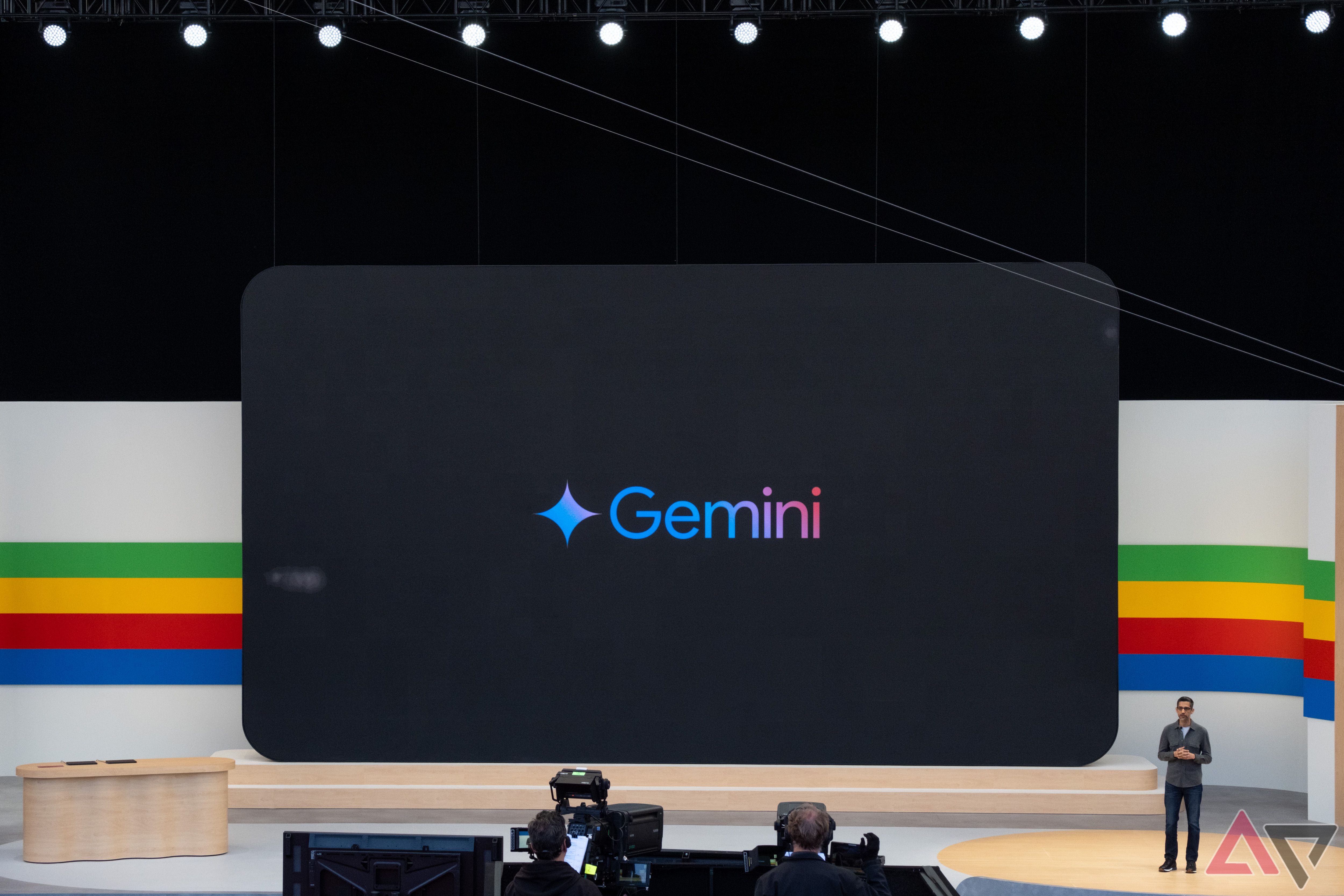
5 biggest Google I/O announcements: Circle to Search, Search changes, and lots of AI
This ain’t your dad’s Google
Frankly, pairing developer updates with an update on AI ethics to close out the final twenty minutes of this show was a bad decision, but when Sundar Pichai walked back out on stage, it seemed like we could be in for a grand finale. But despite a 10-minute opening available within the planned agenda for a potential Jobsian “one more thing” moment, Pichai instead cracked a joke about the amount of times “AI” was uttered on stage before closing the show out for good. That remark, in retrospect, is much more deflating than humorous — a bit of a sour note to go out on.
What’s so frustrating, though, is how easy it is to imagine sending the audience, both home and in-person, out on a high, and Google would’ve only needed that 10-minute window to do it.
A quick hardware tease could’ve been the fix Google needed
Last year, Google devoted half an hour to new hardware, diving deep into the Pixel 7a, Pixel Tablet, and the Pixel Fold. I don’t think anyone expected much in the way of new devices this year, especially with the Pixel 8a launch out of the way, but hardware teases are nothing new for Google. At I/O 2022, for example, the Pixel Tablet, Pixel Watch, and the Pixel 7 series all received on-stage teases ahead of their eventual launches. None of that hardware was demoed in person, but Google managed to build hype for its upcoming lineup months in advance anyway.
So, naturally, why not repeat this with the Pixel 9 lineup? Google’s three rumored 2024 flagships would fold perfectly into Google’s conversation on AI, perhaps even helping some of these demos leave a greater impact. Again and again, we listened as presenters promised an unspecified launch window set “later this year” for the vast majority of Google’s new abilities. And thanks to last year’s keynote, it’s not hard to guess what this usually means.
Here’s just one example. In 2023, during the Android portion of the presentation, Google showed off its AI wallpaper generator, with a promise it would arrive on phones later in the fall. At the time, it sounded like it would arrive with Android 14 on Pixels, but in reality, Google launched the feature alongside the Pixel 8 series, where it remains an exclusive feature not found on earlier devices. “Later this fall” really meant “alongside our refreshed hardware” — we just didn’t know it at the time.
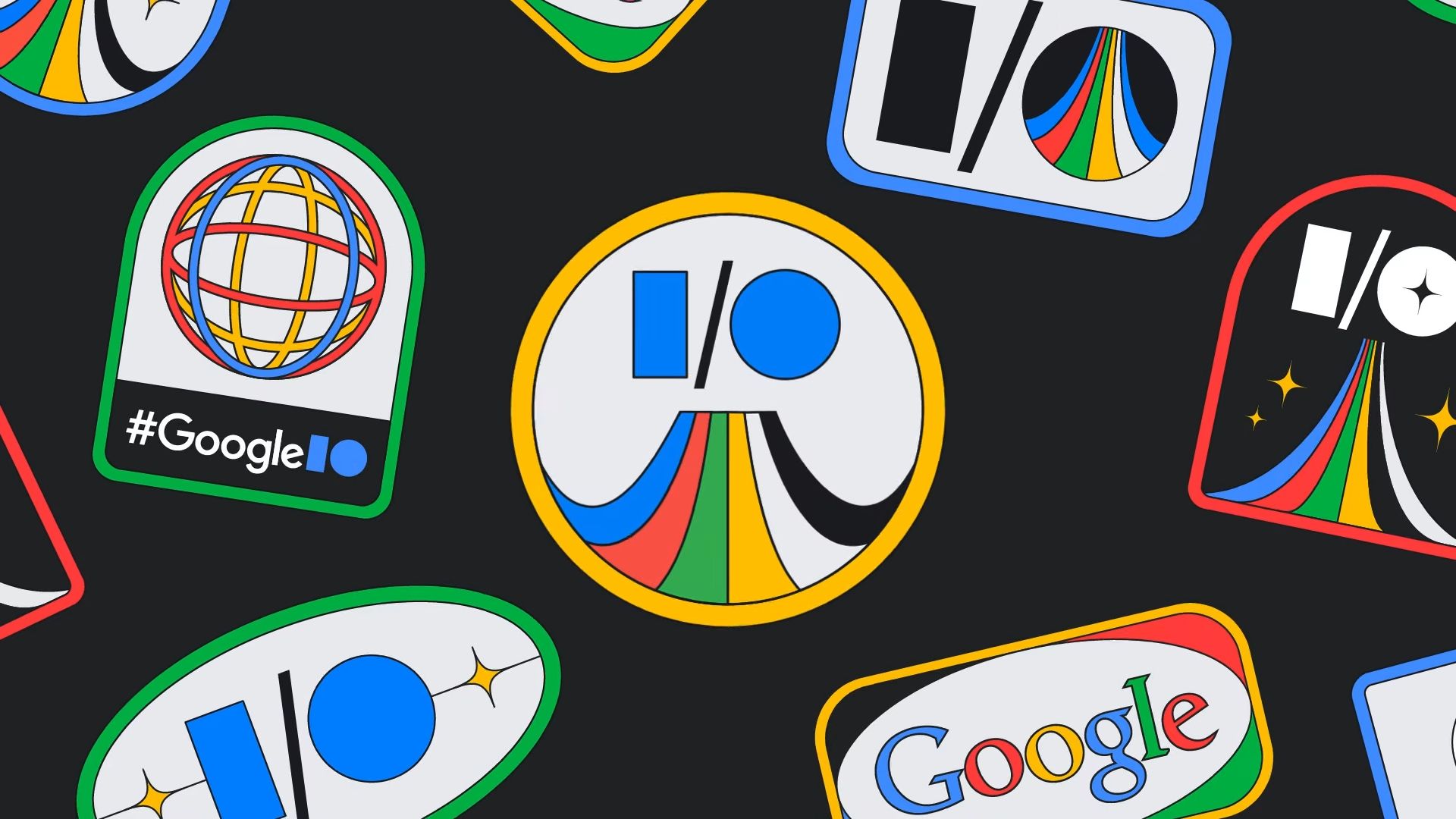
Looking back on everything Google announced at I/O 2023
From new phones to long-delayed features to, yes, AI, here’s a full recap ahead of this year’s keynote
So, imagine filling those unused 10 minutes with a quick tease towards the future Pixel devices some of these AI tools will run on. Rather than rambling on about parameters and tokens, Google could have satisfied the more casual tech fans watching along, getting them in on the excitement with next-gen hardware and these AI demos in one fell swoop. It’s all but guaranteed some of the more mobile-centric AI tools will launch alongside the Pixel 9 series anyway, so why bother waiting for October to tease your next products?
If you wanted new hardware, you’re stuck waiting for the fall
If this is what Google I/O will look like in the company’s age of AI, I can’t imagine the vast majority of the audience sticking around. Nailing a keynote like this is all about balance, and the focus on AI products with largely unspecified release windows felt a little too untethered from reality to really feel excited about. By leaving the Pixel 9 as nothing but endless leaks, Google didn’t just disappoint gadget fans around the globe — it failed to make a lasting impact for the entire keynote, even as pressure from companies like OpenAI and Apple continues to build.
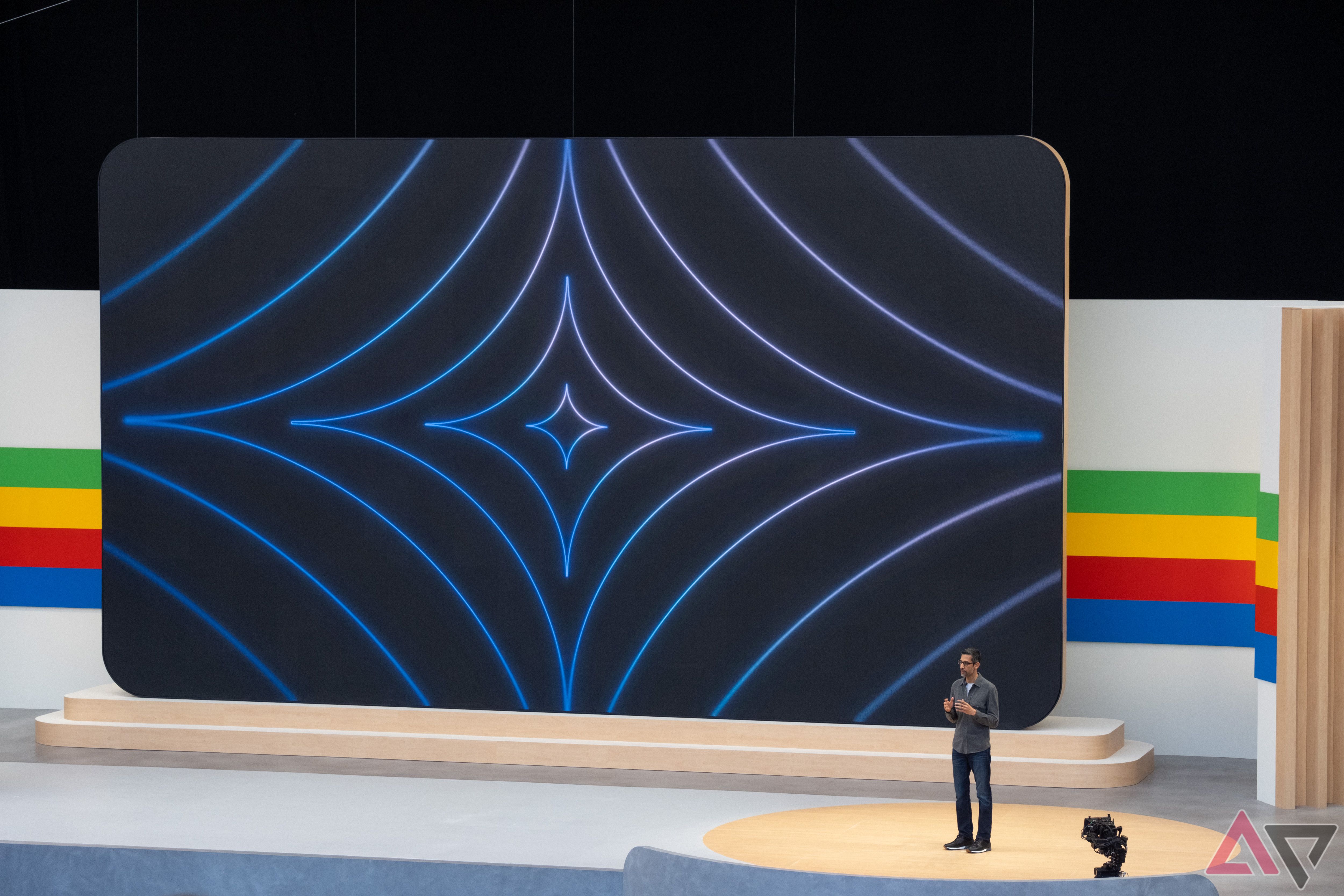
I saw Google’s ‘vision for the future of AI assistants’ at I/O, and I’m cautiously optimistic
Project Astra is set to bring real-time multimodal input to Gemini




